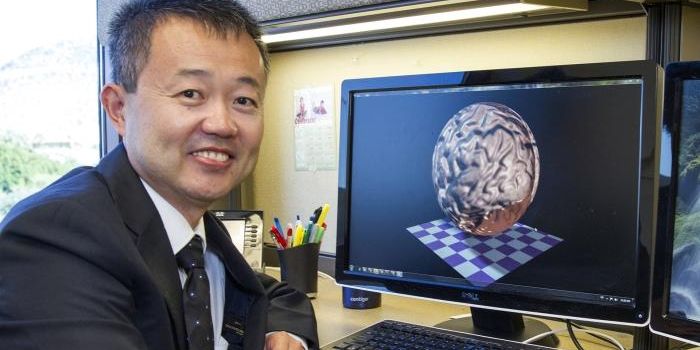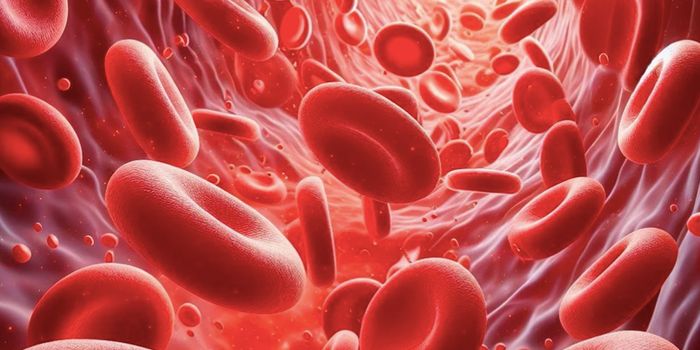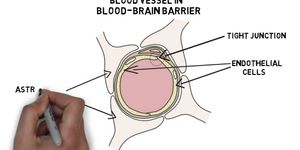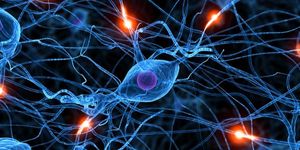Duke University scientists have figured out the genetic code that instructs proteins to either self-assemble or disassemble in response to environmental stimuli, such as changes in temperature, salinity or acidity. This provides a new platform for drug delivery systems and a completely different view of cellular functions. The study, which appears in Nature Materials, is reported in
Bioscience Technology.

The advance represents the first time that scientists have reported the ability to create biological structures that are readily programmed to assemble and disassemble. Using this knowledge, researchers have opened new doors for designer proteins and investigations into nanotechnology, biotechnology and medical treatments.
Ashutosh Chilkoti, chair of the Department of Biomedical Engineering at Duke, explained, “The very simple design rules that we have discovered provide a powerful engineering tool for many biomedical and biotechnology applications. We can now, with a flick of a switch and a temperature jump, make a huge range of biological molecules that either assemble or disassemble.”
The Duke study looked at potential triggers that can cause protein structures to assemble or break apart, primarily focusing on heat. Protein-based structures that self-assemble when heated and remain stable inside of the bloodstream can be used in numerous applications. Structures exhibiting the opposite behavior have long eluded researchers, especially beyond the controlled environment of a chemistry laboratory.
As Felipe Garcia Quiroz, a former graduate student in Chilkoti’s laboratory and first author of the new study, explained, “Nobody has been able to make these kinds of materials with the degree of complexity that we have now demonstrated.”
Chilkoti’s laboratory has been designing self-assembling proteins for drug delivery systems for several years. By adding heat, these new packing materials assemble themselves and help to control where and when drugs are released inside the body through non-temperature-related mechanisms such as changes in acidity levels. The new discovery enables drugs to be encapsulated in protein cages that accumulate inside of a tumor and dissolve once heated. This would offer a more accurate way of delivering drugs, as well as a way to use the cages therapeutically.
According to Quiroz, “These packaging systems have always been inert, but now we can make these materials from bioactive components. Once the cages get there and deliver their cargo, they could break down into additional therapeutic agents. We can now design two things into one.”
The scientists say that the research also provides new insights into the everyday functions of cells. Since the laboratory identified the genetic sequences that encode this behavior, the researchers were able to point out a long list of human proteins that likely exhibit it.
“This paper shows the incredible richness of peptide sequences that already have this very simple switch,” Chilkoti concluded.









